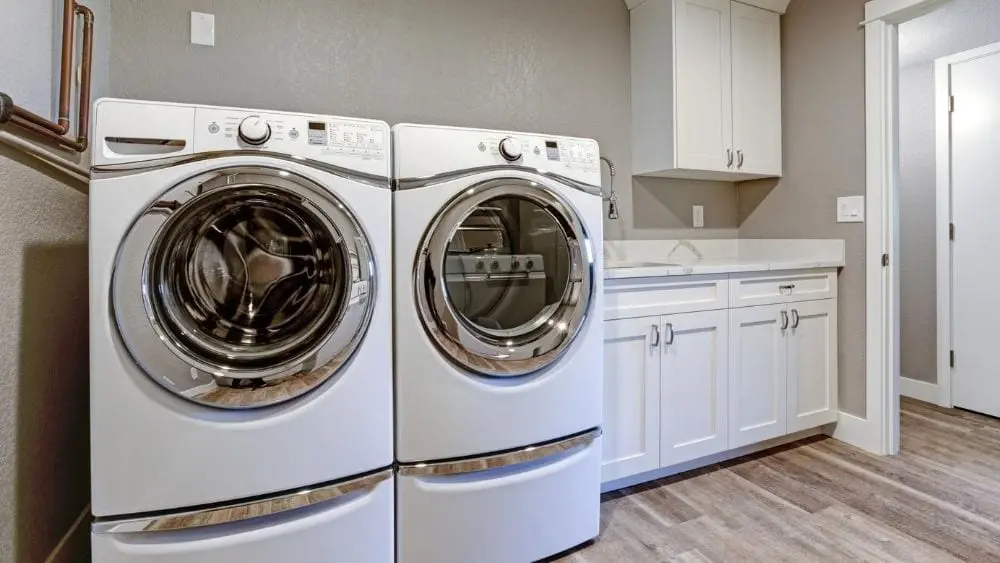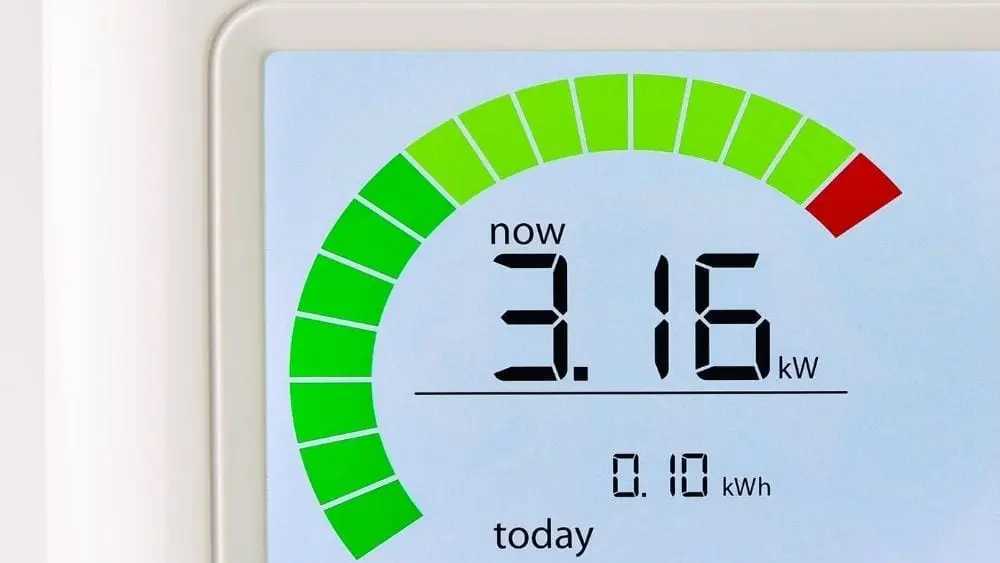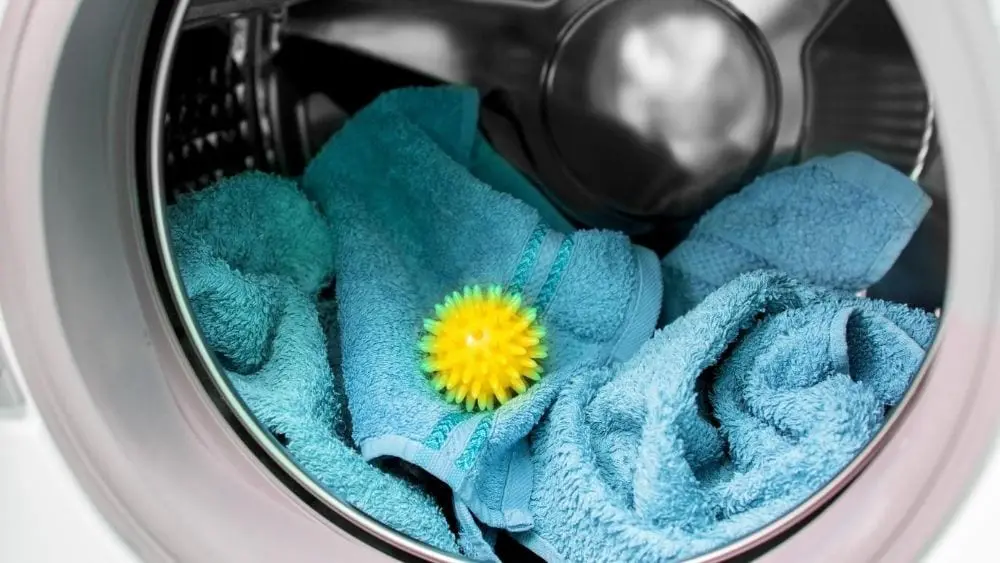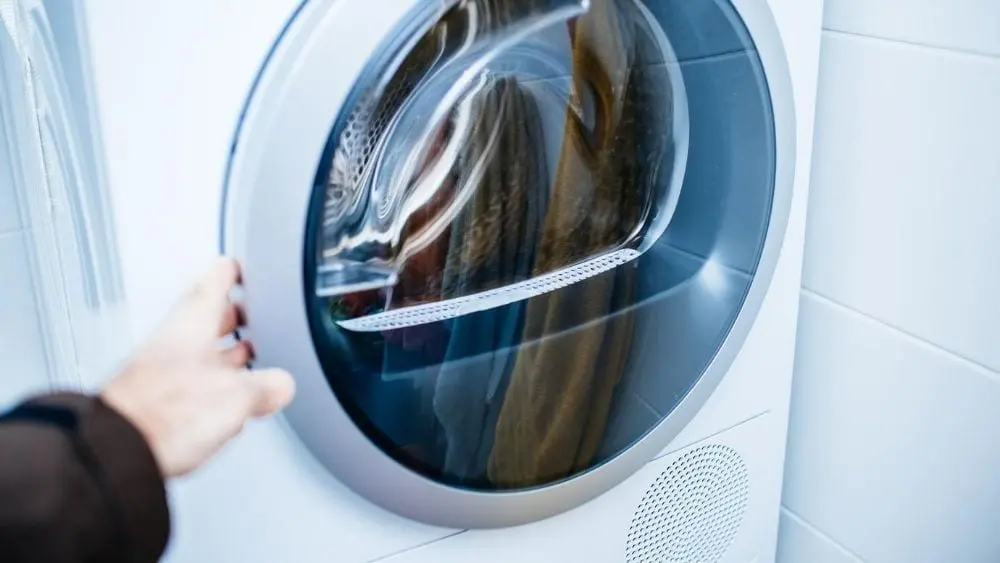
When it comes to your home’s energy efficiency, the buck stops in the laundry room, where an enormous amount of energy is required to keep your clothes clean and smelling fresh. Perhaps unbelievably, the average American family does eight to 10 loads of laundry each week. That’s a lot of water and heat, not to mention the cost and effects of using detergents, softeners, and dryer sheets.
Luckily there are simple tricks that can turn your laundry into a much more energy-efficient process. A few tweaks to the process will not only save on your energy bills, it will save you tons of time, too. These 11 tips will get you started.
Pinpoint your Golden Hour of Washing

Every utility company increases prices during peak times. Find out what yours considers peak times—it usually falls somewhere between 4 and 7 p.m.—and try to avoid doing the laundry during that time frame.
Wash Full Loads in Cold Water
Waiting until you have full loads reduces the number of loads you do overall; just be careful not to overfill your tub. It also consumes a lot more energy to heat water for a hot or warm load than to run a cycle cold. Try washing full loads in cold water as much as possible and you’ll reduce your energy and water usage, as well as your costs.
Switch Loads While the Dryer is Still Warm
When you’re doing multiple loads, try reloading the dryer before it has a chance to cool down; the machine will use a lot less energy to heat back up.
Toss Reusable Dryer Balls into each Drying Cycle

Sure they make a lot of noise, but they also help to separate your clothes, so they dry faster, thereby using a lot less energy. These are best for small or medium-sized loads, which leave enough room for the balls to circulate.
Clean Lint Filters after Every Load
This is one of the most unpleasant parts of the laundry process, especially if you’re prone to allergies. But cleaning your lint filters (sometimes called lint screens) before or after every load ensures the dryer works more efficiently. Dirty lint filters force dryers to work harder to reach a temperature high enough to dry the clothes. They’re also a fire hazard. It bears mentioning that vent pipes and dryer hoses also need to be wiped clean of lint and debris, but you can do that every three to six months or so.
Use the Fastest Spin Cycle whenever Possible
Towards the end of the wash cycle, the spin cycle pulls moisture from clothes, preparing them for the drying process. The faster the spin, the more moisture that’s removed and the shorter your drying time. Recent research has found that opting for a faster spin cycle on your washing machine helps the environment by tapping less energy. (The same research showed that choosing faster spin cycles can make your clothes last longer, too.) Ultra-fast spin cycles are ideal for heavier fabrics, such as denim, towels, and bedding, but most everyday clothes can also tolerate a fast spin cycle. Just be careful with delicates.
Split up Fast- and Slow-drying Clothes
Heavy, coarse fabrics, especially those with zippers and buttons, can do a ton of damage to gentler clothes, such as blouses and lingerie. Plus they take a lot longer to dry, according to the experts at the Good Housekeeping Institute. That’s because both machines have to work harder to get the heavier fabrics clean and dry. Not only will this use a lot more energy, it often leaves the part of your load damp and the other over-dried. Try splitting up your loads by the heaviness of the fabrics as much as the color and you’ll use a lot less energy in the end.
Use Drying Racks and Clotheslines

Take a cue from Fixer Upper’s Joanna Gaines and hang your clothes and linens out to dry whenever possible. Not only will you save a ton of energy, you’ll use less dryer sheets and your clothes will smell fresher. It’s a simple, free way to eliminate strong odors and help sanitize your clothes. If you’re worried about the eyesore of having a clothesline or your HOA prevents, look for one that’s retractable, so you can push it out of sight when it’s not in use.
Check for the Energy Star® Label
Washing machines with Energy Star labels use 25 percent less energy and 33 percent less water than standard washing machines, according to the official government-backed organization. If you’re shopping for a new washer, keeping an eye out for this label can save you up to $370 over the lifetime of the product.
Buy a Front-loading Machine
Again, this only pertains to homeowners in search of new washers and dryers, but it’s good to know that front loaders use about two-thirds less water than their top-loading counterparts. If you have a large family and do mountains of laundry, that can add up to significant savings.
Last but not Least: Resist Opening the Dryer Door

It’s tempting to check on the progress of your drying, but each time you open the door mid-cycle, heat escapes and the machine will have to spend more time reheating itself to dry the load. So the next time you’re tempted to take a peek, think about all the energy savings you’ll be rewarded with if you just keep your hands to yourself until you hear the buzzer, signaling the dryer has reached the end of its cycle.

Ana Connery is former content director of Parenting, Babytalk, Pregnancy Planner and Conceive magazines as well as parenting.com.
While editor in chief of Florida Travel & Life magazine from 2006-2009, she covered the state’s real estate and home design market as well as travel destinations.
She’s held senior editorial positions at some of the country’s most celebrated magazines, including Latina, Fitness and Cooking Light, where she oversaw the brand’s “FitHouse” show home.
Ana’s expertise is frequently sought after for appearances on “The Today Show,” “Good Morning America” and CNN. She has interviewed the country’s top experts in a variety of fields, including U.S. Secretary of Education Arne Duncan and First Lady Michelle Obama.
 Four Tips for Energy Efficient Landscape Design
Four Tips for Energy Efficient Landscape Design